dna travels from cathode to anode
DNA would be pulled through the gel in the wrong direction. Thus DNA will move towards the positive electrode.
In Gel Electrophoresis On What Basis Are The Dna Strands Separated Quora
Cathode - -- anode DNA is negatively charged due to the phosphate groups.
. Shortest and lightest DNA fragments lie closest to positive end of gel. The cathode rays aka electron beam just travels from cathode to anode. The further the fragment travels through the gel the smaller the.
As the pieces of DNA move through the gel they will meet with resistance. Since electrons are negative the electron force on them is directed opposite the field or towards the anode. However anode oxidation always and cathode reduction always it just depends on whether it is a galvanic or electrolytic cell.
Also why do electrons travel from anode to cathode. 15kb 05kb DNA ladder 01. In gel electrophoresis the positive pole is called the anode and the negative pole is called the cathode.
A DNA migration to opposite side from cathode to anode b What dictates how far a from MICROBIOLO 2420 at Tarrant County College Fort Worth. As per the general definition an electrode is a substance that helps in the conduction of electricity wherein the electric current either enters or leaves the non-metallic medium like an electrolytic cell. In simple terms an electrode is a conductor that helps in establishing electrical contact.
An electric field is generated in the buffer by an electrolytic cell where the fragments of DNA migrate from the cathode to the anode through the gel. When observing electrophoresis results the largest DNA fragments will appear. -There is an electric field and DNA is run along a polysaccharide gel.
It will then flow to the positive anode. The rule that is always true is that anode is oxidation and cathode is reduction aka An Ox and Red Cat if you want. The cathode is located at the wells and the DNA travels to the red terminal.
This means that the negatively charged cathode will repel the DNA molecules and they will begin to travel along the gel towards the positively charged anode to which they are attracted. The cathode is located at the wells and DNA travels to the anode at the opposite end. The anodes will move toward the positive side since opposites attract.
D In Figure 32 the cathode is shown at the top of the diagram and the anode is at the bottom. Electron flow is normally forget zeners from cathode to anode and conventional current flow is opposite. What would happen if you were to touch the gel while the electrophoresis chamber was.
The anode and cathode created by the electric current attract the oppositely charged particles. The fragments travel though pores in the gel and separate based on their size. Gel electrophoresis is an electrolytic cell meaning the anode is positive and cathode is negative.
As the smallest bands. I think the point of confusion is that the cathode and anode can be EITHER positive or negative. Thus DNA moves towards the anode.
Diodes used as rectifiers used to have the cathode marked with a symbol to denote the positive end of the load circuit. The plasmid DNA runs from cathode to anode when it travels on an electric field 3. The DNA fragments that travel further in the gel are smaller while the fragments that do not migrate far in the gel are larger.
In the electrophoresis gel DNA samples are loaded in well close to the cathode negative end. Before we learn about cathode and anode we need to first understand what an electrode is. Closest to the anode.
Plasmid DNA usually forms a complex with proteins thus runs at a different velocity 4. The DNA fragments being negatively charged move towards the positively charged anode under the influence of an electric field in gel electrophoresis. Obviously the smallest hence the lightest DNA fragments from the.
The power is turned off and the gel is taken out and inspected. Because of the negative charge on DNA from the sugar phosphate backbone the DNA is attracted to the anode and repelled by the cathode. The fragments that migrate toward the cathode contain cations.
In what direction will DNA travel during gel electrophoresis quizlet. The anodecathode terms are relative to what is being studied. This means the largest DNA fragments will.
So I understand that electrophoresis is a type of electrolytic cell however when we say that DNA travels to the anode this is because the anode is positively charged and DNA is negative right but the electron flow is still anode to cathode right. Therefore the charged particles will migrate to the respective nodes. To turn on a diode forget zeners make the anode positive with respect to the cathode.
O a DNA which is negatively charged will travel from the anode to the cathode - O b DNA which is negatively charged will travel from the cathode - to the anode O C DNA which is positively charged will travel from the anode to the cathode - a DNA which is positively charged will travel from the cathode - to the anode. Rest of the detail can be read here. The thing is this gel is a sticky porous substance and the molecules have to migrate through the pores to move along the gel in a process called sieving.
When the power supply is turned on the resulting electric current causes the DNA samples loaded in the wells to travel away from the negative charge produced by the cathode and toward the positive charge of the anode. Gel is porous hence allows negatively charged DNA fragments to travel through towards the anode positive end of gel. DNA is neither cathode or anode but it is negatively charged so the DNA molecules will rn from anode to cathode.
Closest to the cathode. The anode is located at the wells and the DNA travels to the black terminal. Shorter fragments travel farther and faster.
In respect to this why do DNA fragments move towards the anode during gel electrophoresis. The particles slowly move in the gel toward the opposite charge. On a separate but similar note when we say anode attracts.
Question 2 1 pts Agarose gels are prepared using a weight over volume percentage solution. Plasmid DNA fonts complex with host genomic DNA which travels faster than linear DNA 2. What is the reason for this discrepancy.
The DNA molecule contains phosphate groups which give it a negative charge. Anions are negatively charged ions while anodes are negatively charged electrodes. As the largest bands.
A According to the passage large DNA fragments travel more slowly than small fragments. DNA is negatively charged due to all the phosphate groups in the backbone of DNA.
Why Do Dna Fragments Move Towards The Anode During Gel Electrophoresis Quora
What Kind Of Dna Fragments Could Reach Positive End Of Gel During Electrophoresis Socratic
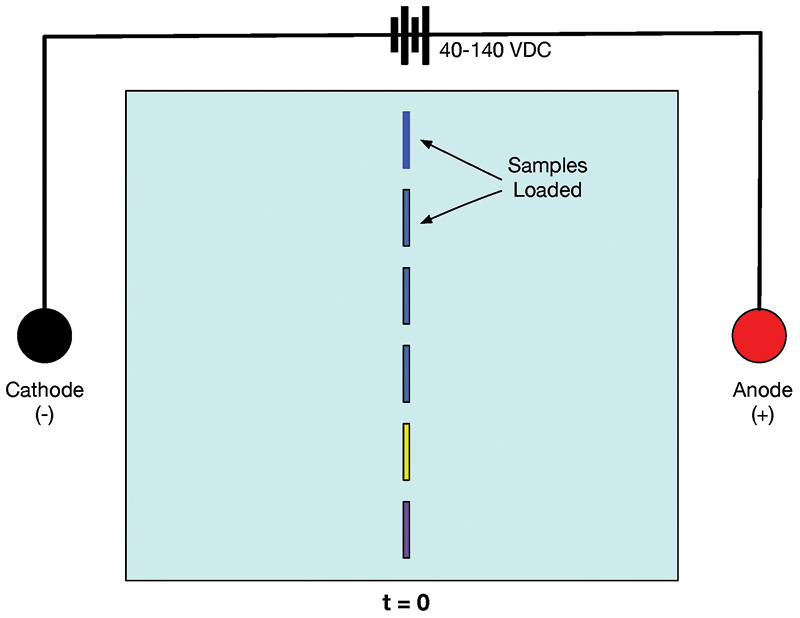
Diy Biotech Gel Electrophoresis Nuts Volts Magazine
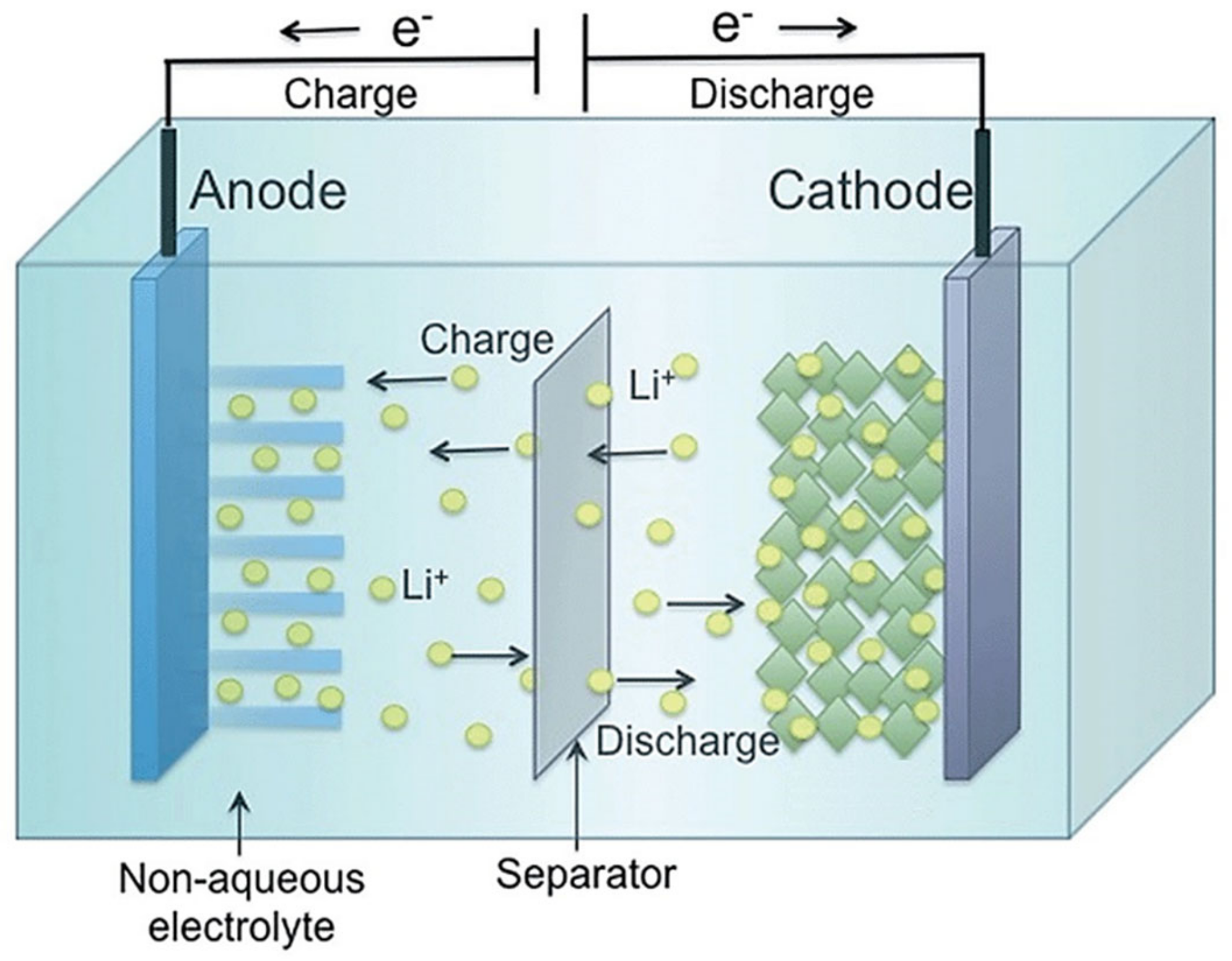
Energies Free Full Text A Review Of Lithium Ion Battery Fire Suppression Html

Gel Electrophoresis Video Biotechnology Khan Academy
How Can Tools Of Molecular Biology Be Used To Compare Dna Of Two Individuals Enotes Com
Anode Vs Cathode Clarifications R Mcat

Electrolytic Cells Gel Electrophoresis The Bumbling Biochemist

The Open Door Web Site Ib Biology Molecular Genetics
Anode Vs Cathode Clarifications R Mcat

Electrophoretic Technology An Overview Sciencedirect Topics
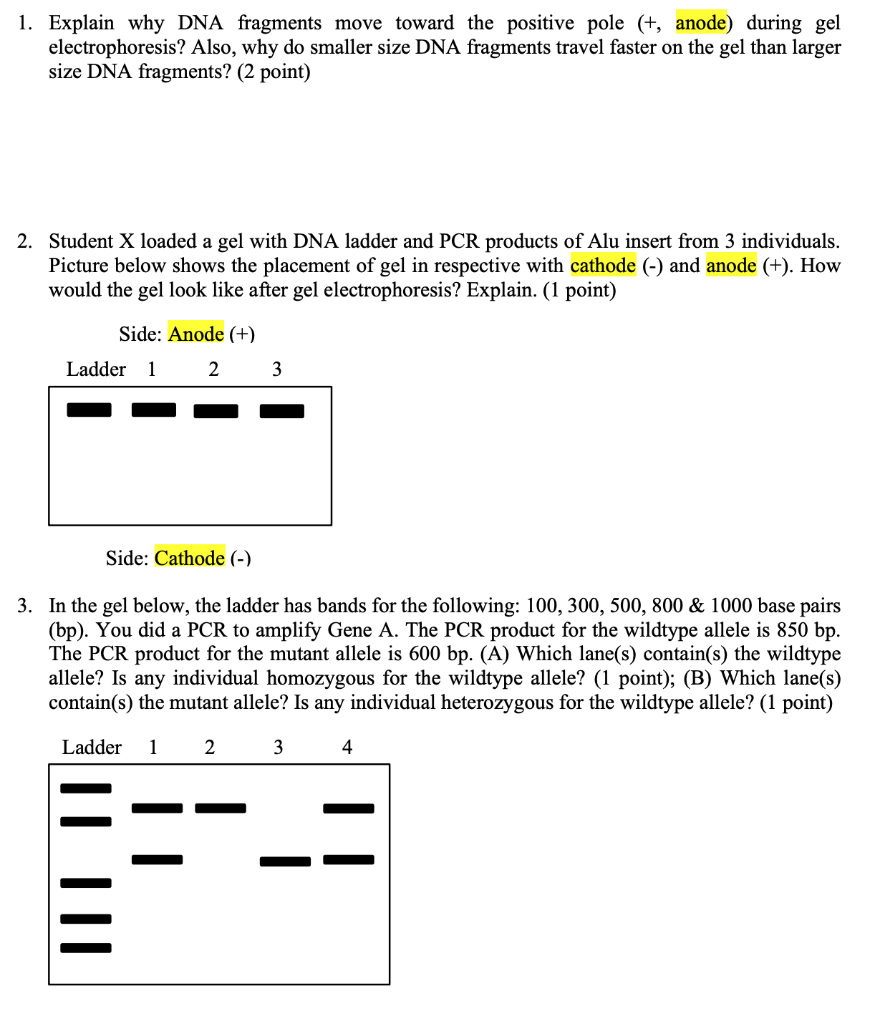
Solved 1 Explain Why Dna Fragments Move Toward The Positive Chegg Com

The Open Door Web Site Ib Biology Molecular Genetics
Why Do Dna Fragments Move Towards The Anode During Gel Electrophoresis Quora
Why Do Dna Fragments Move Towards The Anode During Gel Electrophoresis Quora
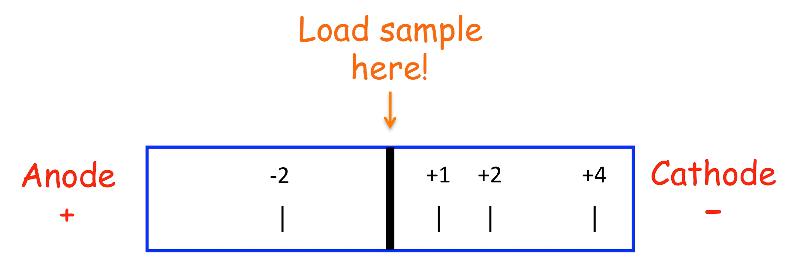
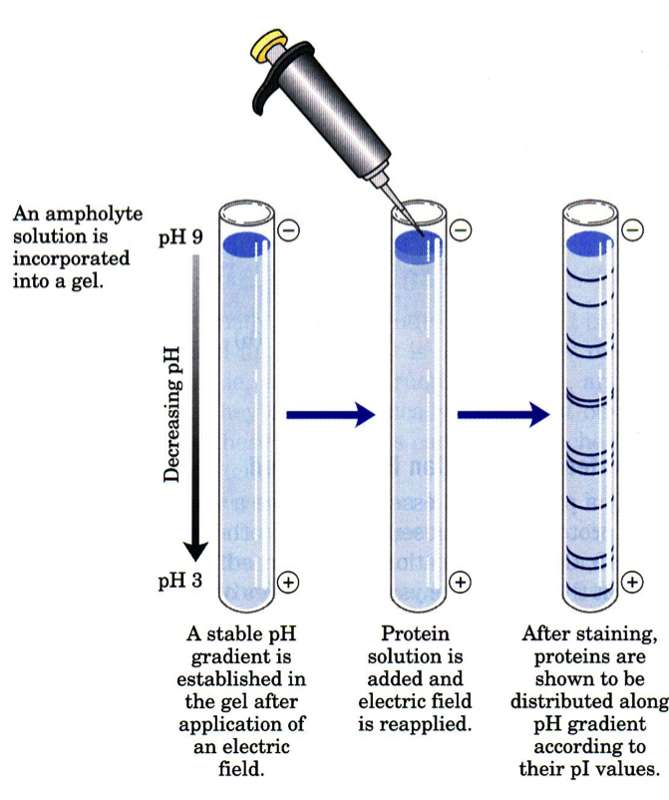


Comments
Post a Comment